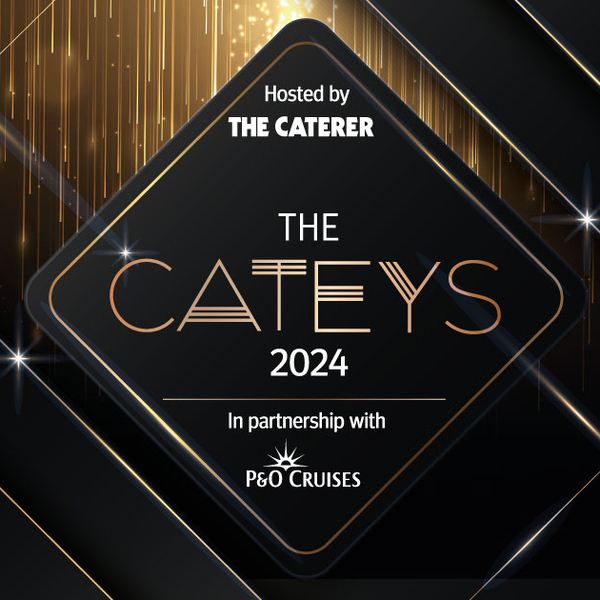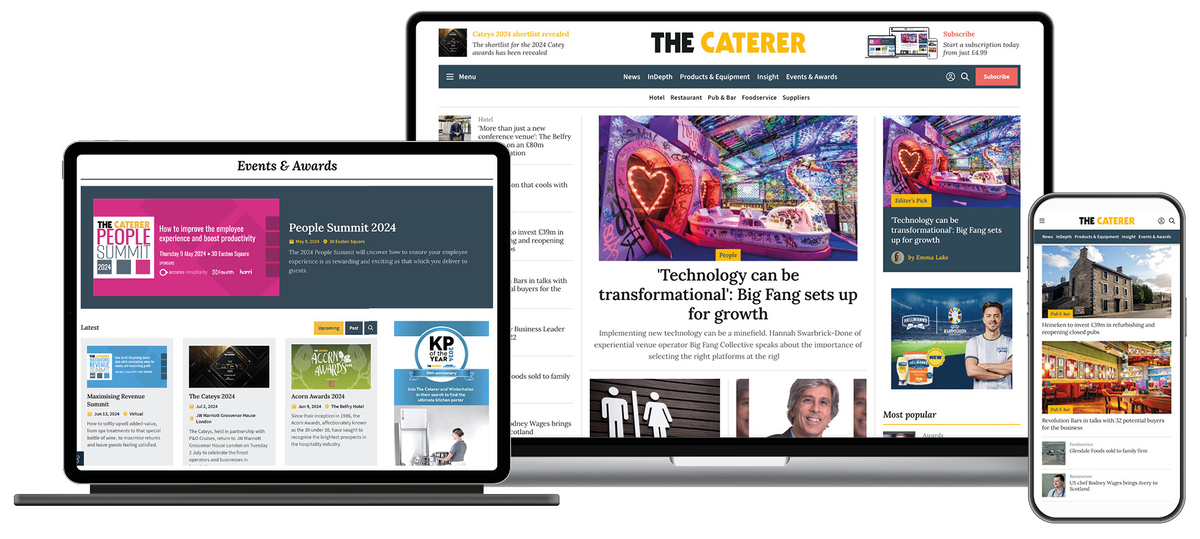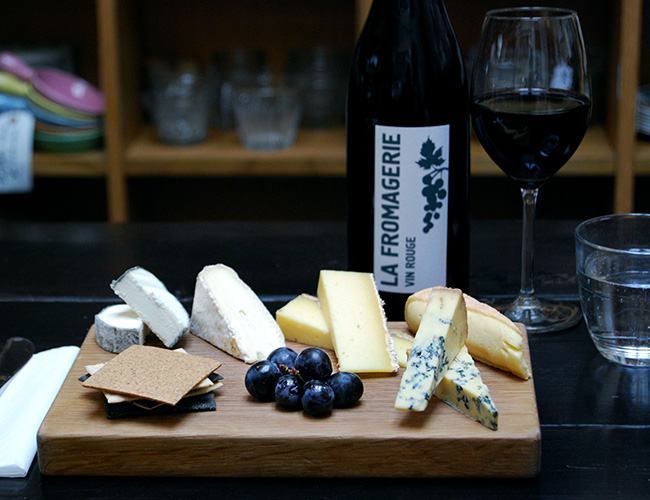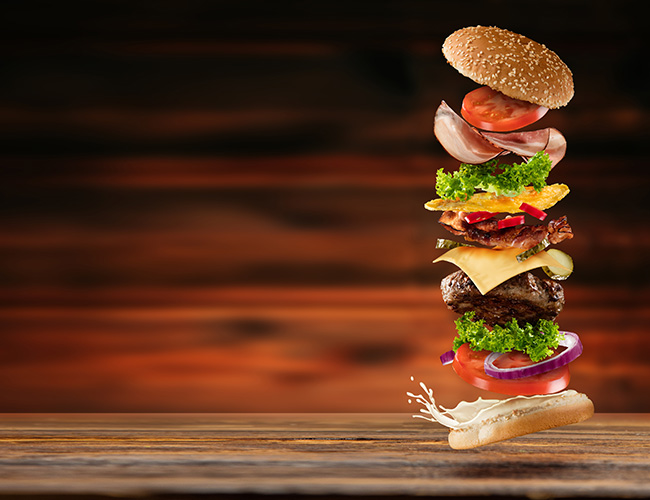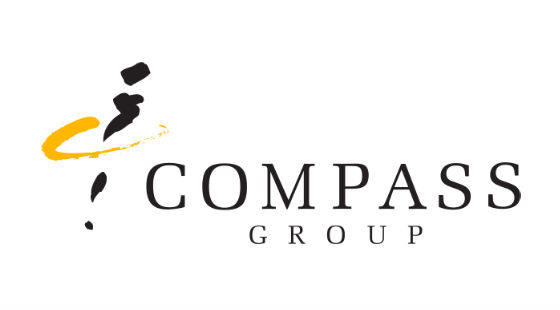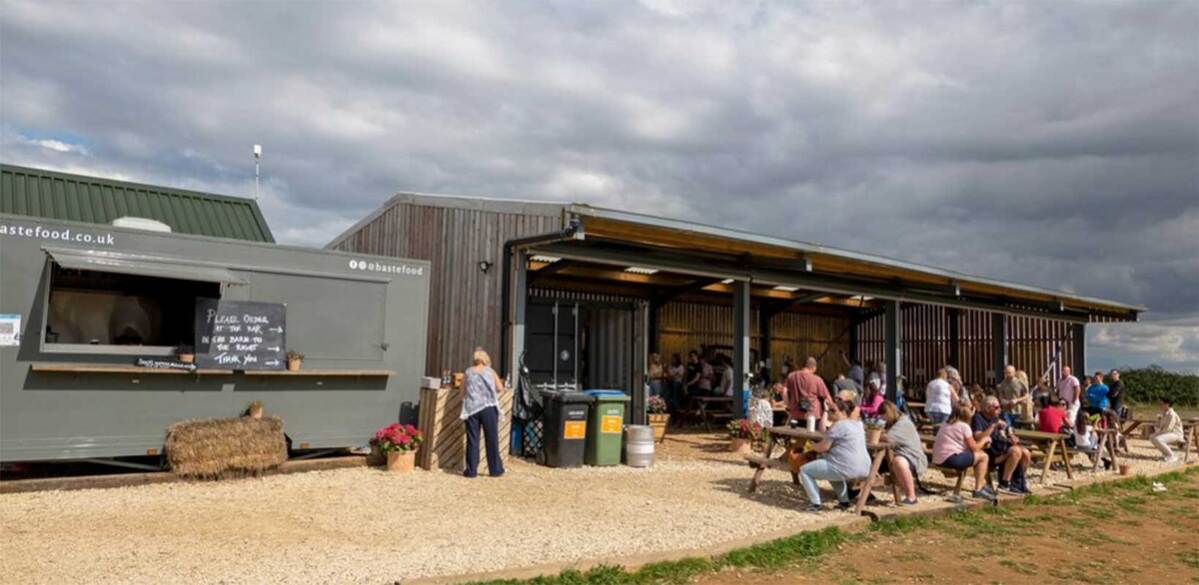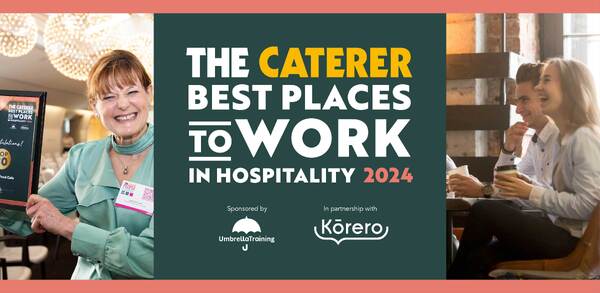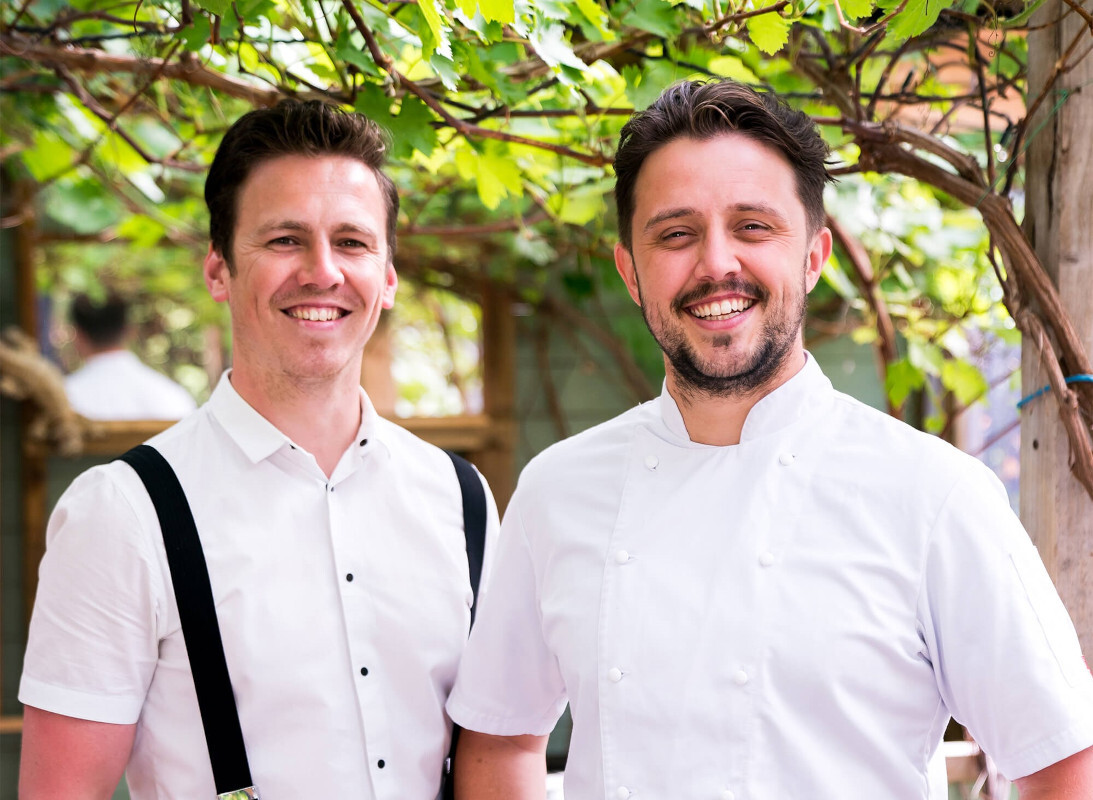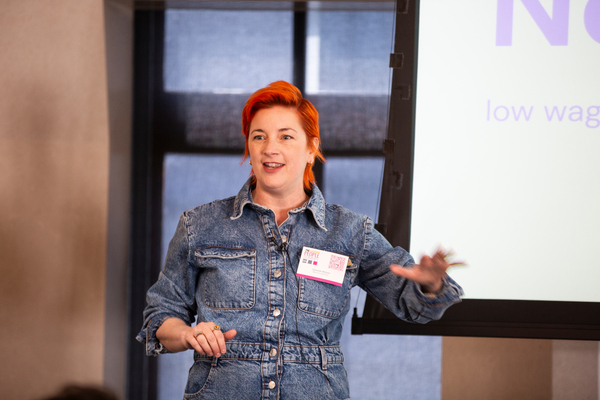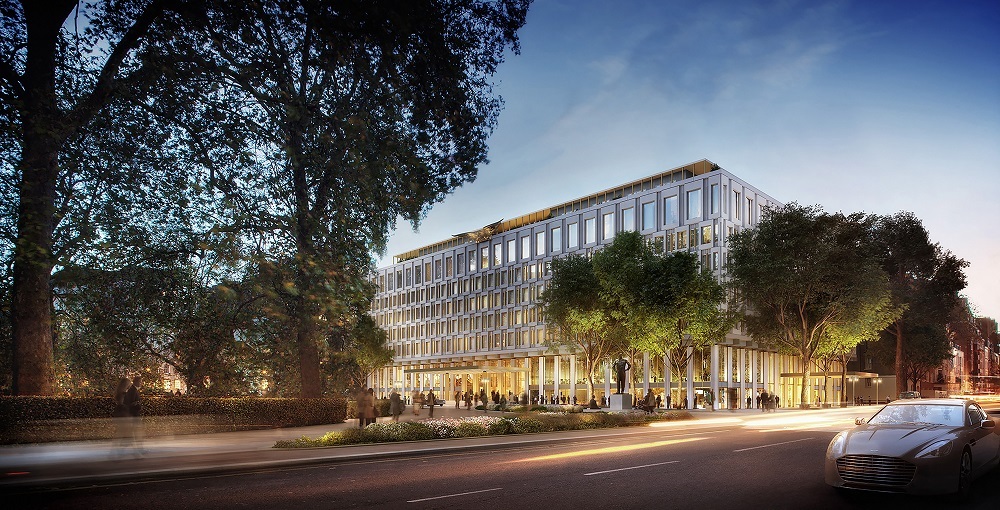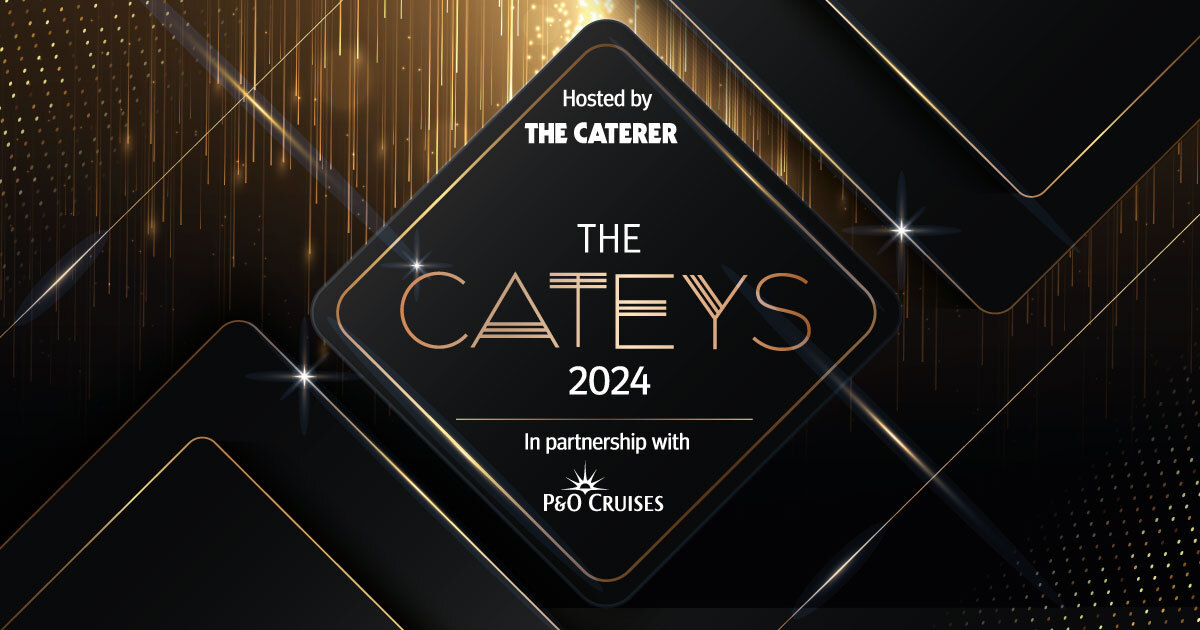The customer is king: how to get menu customisation right
Diners increasingly want what they want, when, where and how they want it and operators are beginning to oblige. Elly Earls finds out how to get customisation right.
Customisation may just be working its way into the UK eating out market, but it's a trend that is here to stay as restaurants, cafés and caterers realise the potential of cashing in on consumers' desire to have what they want, when, where and how they want it, in all aspects of their lives.
In the US, where itâs rare to order an item straight from the menu, this trend is also well established in the restaurant sector, and, according to recent research from restaurant booking service OpenTable, the UK wants in on the action too.
Indeed, almost a third (28%) of the 2,000 UK residents surveyed by the company revealed that they like to order completely off-menu at a restaurant, with over half (56%) adapting dishes on a restaurant menu to suit their taste. The majority (38%) of diners also admitted that when craving a specific dish, they would rather visit a restaurant they love and order off-menu than try out somewhere new.
Operators are also going out of their way to oblige diners. According to a separate Open- Table survey of 250 restaurateurs, 94% said they would accommodate a guestâs requirements to encourage loyalty to their restaurant, while a further 80% backed this growing trend by admitted to seeing an increase in diners ordering dishes that are not on the restaurant menu, or changing a dish that is on the menu.
My meal, my way
So why has customisation, the process of asking for the dish put in front of you to meet your personal specifications, either in terms of added or removed ingredients, strength of flavour, or size, become so in demand?
In general terms, says Peter Backman, managing director of foodservice research firm Horizons, itâs down to the evolving demands of âthe now generationâ: ââI donât want it your way, I want it my wayâ.â Itâs a cultural change, working its way through,â he notes.
Cyril Lavenant, UK foodservice director at market research company NPD Group, agrees. âConsumers are increasingly expecting to be able to eat something different from their peers, even when eating together at a restaurant. Fashion and sports apparel are also industries which are fuelling consumersâ desire to be different through the large and always changing array of choice that they offer,â he says, adding that as we eat out so often (on average four times a week), we want and need to find diversity, while still choosing from food and drinks we are familiar with and know we like. âWe like new, but I think we want something we know, but with a twist.â
Increasingly, there are also health and dietary factors at play, according to Louise Pilkington, head of marketing at contract caterer Compass Group UK & Ireland â[Customisation] can enable a consumer to take a standard menu item and personalise it to create a unique meal occasion,â she says. âBut also, as individuals increasingly look for healthy options as well as gluten free or vegan/vegetarian there will be an even greater need to accommodate consumersâ demands in a flexible way.â
Customisation examples
Examples of customisation can be found all over the hospitality sector. While Wagamama now offers a âbuild your own ramenâ option, allowing noodle enthusiasts to customise the iconic broth based on the strength of the stock â" rich, light or spicy, Chopâd allows incredibly flexible salad creations, Greene King has developed âfish your wayâ in its Loch Fyne Restaurants, and Chipotle Mexican Grill gives the consumer â(almost) limitlessâ options, while still taking them through a simple journey starting with the choice between burrito, bowl, taco or salad.
Meanwhile, at 28º-50º Workshop & Kitchen, each of the chainâs venues offers a customisable charcuterie board where diners can mix and match different meats depending on what they like and how hungry they are. âGuests can choose a single item or include all five meats on their board, giving them a sense of freedom,â says the chainâs operations director Sid Clark, adding that customisation is something heâs mainly seen in fast-casual dining concepts where there is only one core offering such as burgers or pizzas.
âGuests more than ever like having the ability to pick and choose what they are eating, not just for personal preference but because of intolerances and allergies. Customers are also able to pick according to their budget, making some restaurants more accessible. You must make sure that people feel they are getting great value for money with whatever they choose from your menus.â
Compass is looking at what is driving customisation to meet consumer demands, Pilkington adds: âCustomisation is a differentiating tool in nearly every industry, it can add costs but also results in higher satisfaction and sales. So itâs important to get it right. However, itâs not about more choice â" as foodservice operators we have to look at how we stay attractive to many but appeal to the individual. We are not talking about individualising every meal, few can do that. Also, customers donât want to be overwhelmed â" the paradox of choice.
âWe believe to successfully customise you need to understand that the customer requires a difference experience, at different times and days of the week. For example, our research shows that midweek is about speed and healthy eating. By Friday, everything has changed and become more indulgent, accompanied by higher spend. Therefore creating experience through service, design or technology helps the customer.â
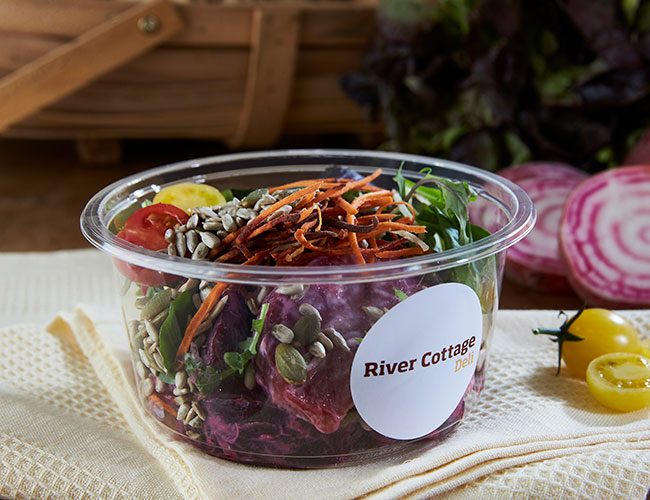
With more and more customisable options available on the high street, foodservice companies like Compass are also doing all they can to capitalise on consumersâ desire to express themselves. âIt is imperative that we can provide our customers with an offer that is competitive and comparable to the high street, and with many of our restaurants, cafés and bars customisation is a key part of this,â confirms Pilkington. âThe general public have become accustomed to the options given through customisation, be that in food or drink, and we need to be able to cater for this.â
ExCeL London welcomes four million visitors every year from across the globe and thereâs therefore no one size fits all when it comes to event catering. At River Cottage Deli, which is run by Levy Restaurants UK and opened as a permanent fixture at ExCeL London in 2016, the cold deli serves a range of freshly prepared salads, which can be customised to suit individual tastes and paired with a hot option, such as lentil, leek and mushroom crumble, beef and red wine cobbler, or fennel and butternut squash lasagne.
Moving back to restaurants, even the highest of the high-end venues are experimenting with customisation. âAt Kasparâs Seafood Bar and Grill, weâre more than happy for guests to adapt dishes and we always say, âIf we have the ingredients in house, we will move mountains to make it happenâ,â comments the Savoyâs executive chef Holger Jackisch.
âOn the whole, we have guests omitting butter, gluten and dairy for health/allergy reasons. Guests also ask us to create classic dishes from our premium à la carte items such as Dover sole meunière, lobster thermidor and an array of risottos. Being able to accommodate these requirements does seem to create a higher level of loyalty as we notice a lot of these requests come from our regulars.â
That said, customisation is mainly happening in the fast-casual environment or with the cuisines that most suitable for easily switching ingredients, such as burgers, pizzas and Mexican, as well, of course, as coffee.
The challenge for operators, according to Lavenant, is to strike the delicate balance between offering choice to consumers and minimising the operational difficulty and increased costs that this generates. âThose who are doing it well are keeping it simple; they have strong recipes for classics â" such as a burger, burrito or pizza, and allow consumers to choose between a very large array of toppings, so every time you come, you can make something different,â he explains.
âBut itâs a difficult balance between offering choice, which costs money and takes up space, and making sure the choice is appealing to everyone so at the end of the business day, most of the products are sold and arenât going to waste.â
The solution, he believes, is putting the effort into understanding your customers and what theyâre looking for. âThe good thing is that with all the modern technology we have today, [operators] can have access to all the data they want,â he says. âThen itâs relatively easy for them to say, after one or two weeks, these two toppings arenât selling so thereâs no point in keeping them.â
Pilkington agrees that a core menu with increased flexibility to adapt and customise the products is the way forward. âKey questions to ask are; how to maintain a good level of choice without increasing food waste? How to manage the range of options? And how to communicate the range in a clear way to both colleagues and customers? Training, for example around identification and pricing for personalisation will avoid this becoming a queue blocker for the business. And using simple ingredient types to offer customisation opportunities across multiple products is another simple solution,â she adds.
The final question is how will it be communicated? As Michelson says: âThe most important thing for operators is giving your staff the knowledge to pass on information in a way that is helpful, relaxed, entertaining and real. There is nothing worse than pretending you know something when you donât.
âIt is essential that operators give their staff plenty of time for discussing the menu, as well as the products that may be special on the menu. It is the duty of restaurateurs to make sure that their floor staff are able to answer questions and be more informed, and if they canât remember or get muddled, they need to ask a manager or someone who does know more about a product to talk to the customer.â
Worth the effort
Customisation certainly doesnât only bring benefits to consumers; advantages for operators include gaining insight into what customers want from their menus, increasing loyalty, boosting word of mouth and social media reach as customer satisfaction increases and the opportunity to charge a premium, potentially boosting revenue.
Indeed, a recent Deloitte report on the growth of mass personalisation found that price is not a barrier, with one in five consumers who expressed an interest in personalised products or services willing to pay a 20% premium. And 22% of consumers were also happy to share some data in exchange for a more personalised customer service or product.
âIn the future, businesses that do not incorporate an element of personalisation into their offering risk losing revenue and customer loyalty,â the report summarised. â[Whereas] businesses that embrace personalisation have an opportunity to create a differentiated proposition that may command a price premium, and improve consumer traffic and conversion. Personalisation could also help improve efficiency and reduce costs, and offer a path to sustainable growth.â
Itâs certainly a trend thatâs here to stay when it comes to eating out, concludes Backman. âOperators have latched on to this consumer demand and if Iâm right about this cultural change thatâs happening, [customisation] will only become more important.â
The Caterer and Compass Group UK & Ireland
The Caterer has teamed up with Compass Group UK & Ireland to produce exclusive content that offers an in-depth look at the state of the foodservice market today. In a series of regular articles throughout the year we aim, with the help of Compass and its insight team, to examine the key issues the sector is facing, as well as some of the key trends.
